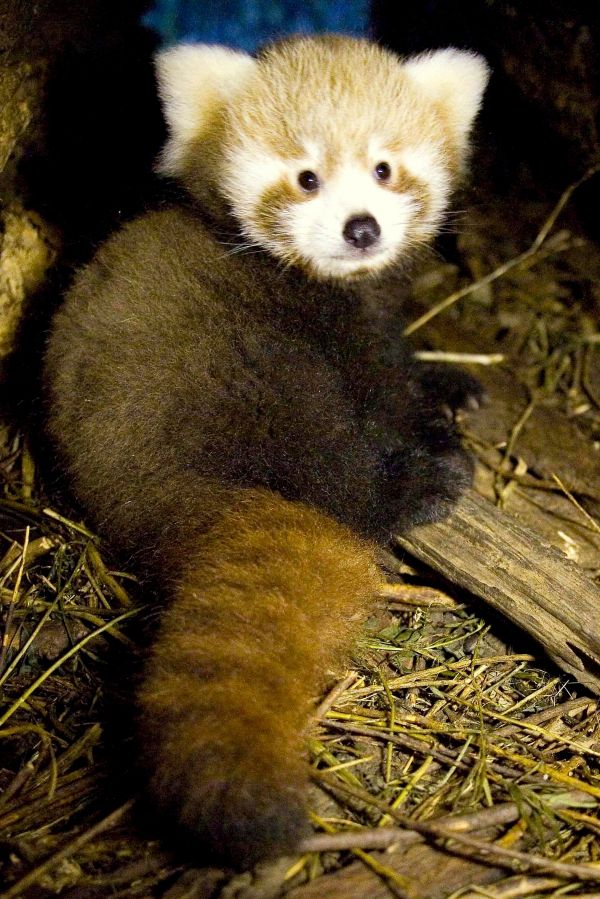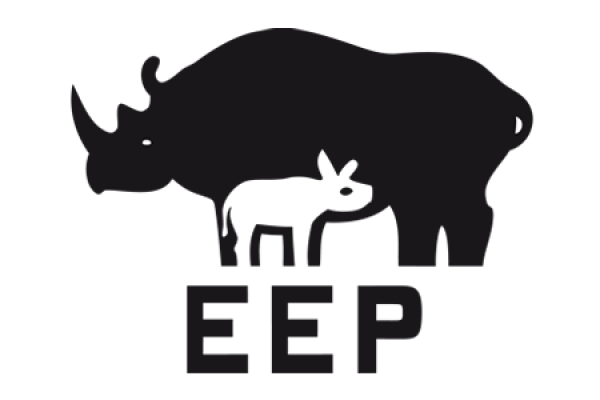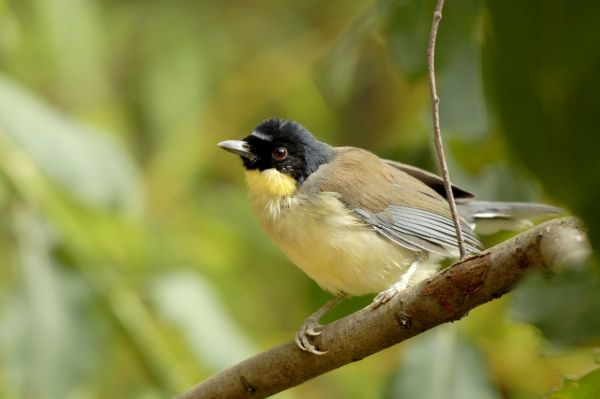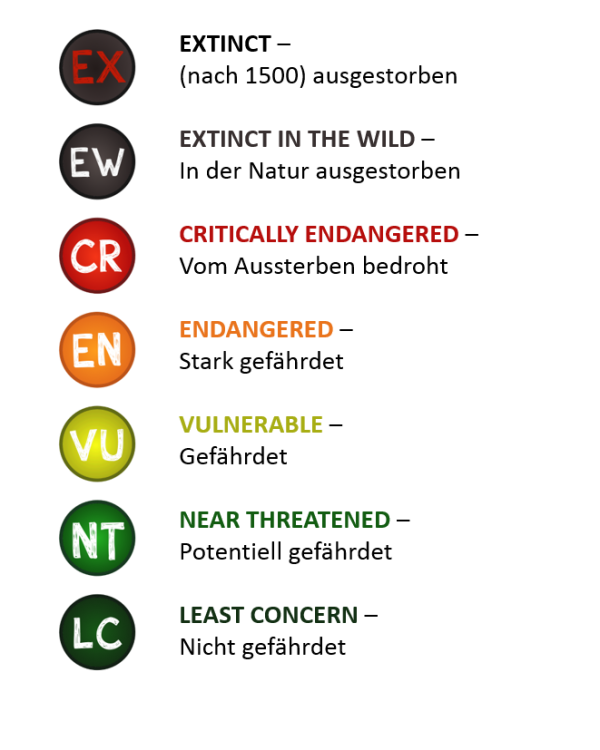Öffentlichkeitsarbeit
Im Zoo gibt es verschiedene Aktionstage, die sich mit dem Thema Artenschutz befassen
Erhaltungszucht
Der Tierpark beteiligt sich an verschiedenen Zucht-Programmen und unterstützt so mit seinen Nachzuchten den Bestand bedrohter Arten in Menschenobhut
Wildtierauffangstation
Wilde Tiere in Not erhalten Hilfe von uns
Lebensraum Zoo
Nicht nur Zootieren - auch vielen Wildtieren bietet der Tierpark ein Zuhause
Internationale Projekte
Der Tierpark unterstützt den in situ-Artenschutz finanziell
Regionale Projekte
Der Tierpark kümmert sich um regionale Artenschutzprojekte
Artenschutz-Kampagnen
Verschiedene Artenschutz-Kampagnen wie etwa die "Zootier des Jahres" Aktion werden vom Naturschutz-Tierpark Görlitz gefördert
Patenschaften
Über den Tierpark kann man Naturschutzpatenschaften abschließen und dadurch ausgewählte Artenschutzprojekte aktiv unterstützen

ist ein wichtiger Teil unserer Artenschutz-Arbeit. Mitarbeiterinnen und Mitarbeiter des Tierparks und der Zooschule beteiligen sich aktiv an der Aus- und Weiterbildung verschiedener Bevölkerungsgruppen. Spezielle Unterrichtsangebote der Zooschule befassen sich z.B. mit der tierschutzgerechten Haltung von Heimtieren. Der Naturschutz-Tierpark Görlitz-Zgorzelec unterstützt vielfach Ämter und Fachbehörden bei der Beschlagnahme, Unterbringung oder Vermittlung von tierschutzrelevant gehaltenen Wildtieren an geeignete Haltungseinrichtungen.
Neben der Naturschutzzucht - dem sogenannten Ex-situ-Artenschutz (Programme außerhalb des natürlichen Lebensraums) - müssen sich zoologische Einrichtungen auch für den Schutz der Lebensräume gefährdeter Arten vor Ort engagieren (In-situ-Artenschutz). Was der Naturschutz-Tierpark Görlitz-Zgorzelec im Rahmen seiner Naturschutzpatenschaften direkt unterstützt.


Importe wildlebender Tiere aus den Herkunftsländern sind heute aufgrund arten- und tierseuchenrechtlicher Einschränkungen immer seltener möglich. Zoologische Einrichtungen sind auch deshalb darauf angewiesen, sich selbst erhaltende Tierpopulationen aufzubauen. Internationale Zusammenarbeit ist dazu unerlässlich. Aus diesem Grund wurden 1985 erstmals innerhalb der Europäischen Zoo- und Aquarien-Vereinigung (EAZA) die Europäischen Erhaltungszuchtprogramme (EEP) und Zuchtbücher (ESB) ins Leben gerufen. Im Netzwerk beteiligter Zoos wird so die Zucht etlicher bedrohter Arten in Menschenobhut koordiniert.

Für jedes Zuchtbuch ist ein Koordinator verantwortlich. Dabei handelt es sich meist um Mitarbeiter eines am Zuchtprogramm beteiligten Zoos. Zuchtbücher werden jährlich aktualisiert und sämtliche Individuen der betreffenden Tierart aufgeführt. Die Daten zu Geschlecht, Alter, Verwandtschaftsverhältnissen und Nachkommenzahl erlauben eine computergestützte genetische und demographische Analyse, auf deren Grundlage Empfehlungen z.B. zu Tiertransfers und optimalen Verpaarungen gegeben werden. Das Ziel ist es, verhaltensintakte Tierbestände zu pflegen, Inzucht zu vermeiden und die genetische Vielfalt in einer Tierpopulation über viele Generationen zu erhalten. Nur so können sich Lebewesen langfristig an ihre Umwelt anpassen, was auch im Hinblick auf eine mögliche Wiederansiedlung von in Zoos geborenen Tieren in ihrem natürlichen Lebensraum von Bedeutung ist.

Roter Panda, Manul, Goldkopflöwenaffe, Fischotter, Indochinesischer Sika Hirsch, Kropfgazelle, Blaukronenhäherling, Edwardsfasan, Gänsegeier, Zwergseidenaffe, Schneeeule, Chinasittich.
Dass das Konzept von qualifizierten Zoos als „Arche auf Zeit" funktionieren kann, belegen inzwischen zahlreiche Beispiele. Bislang haben über 50 in der Wildbahn einstmals ausgerottete Tierarten und –unterarten nur dank solcher koordinierter Zuchtbemühungen in zoologischen Einrichtungen überleben können. Weit über 200 Tierarten konnten nach Haltung unter menschlicher Obhut bereits erfolgreich in ihrem natürlichen Lebensraum wieder angesiedelt werden.

Die Weltunion zur Erhaltung der Natur und der natürlichen Ressourcen (IUCN) führt seit 1963 die internationale Rote Liste der gefährdeten Tier- und Pflanzenarten an. Sie unterscheidet zwischen den folgenden Gefahrenstufen. Sowohl gefährdete als auch nicht gefährdete Arten werden einer Bewertung unterzogen.
Die Rote Liste gibt Auskunft über den Grad der Bedrohung einer Art.
Bei uns im Zoo finden Sie auf dem Schild den Grad der Bedrohung einer Tierart.


Hier können Sie uns mit Ihrer Spende bei unseren Bemühungen zur Erhaltung der biologischen Vielfalt unterstützen.